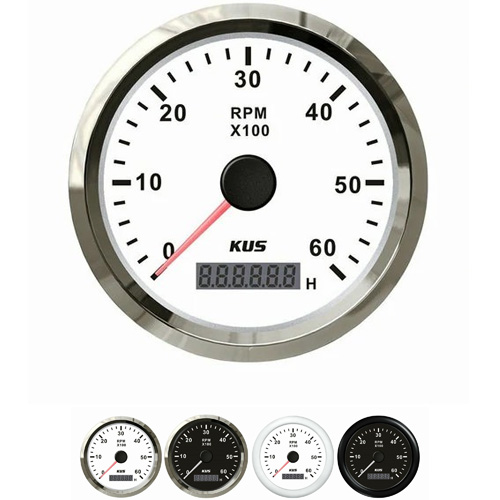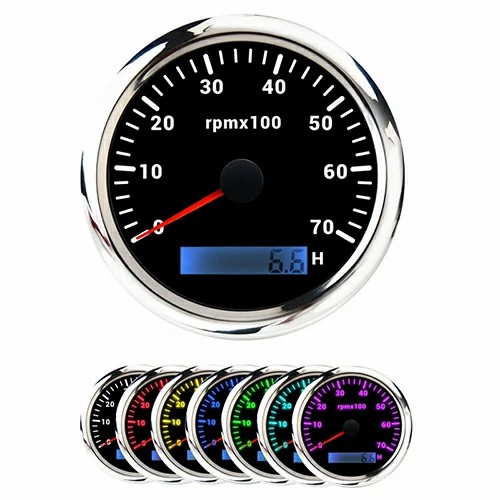how to install aftermarket tachometer
How to install the vehicle aftermarket tachometer? After the positive and negative poles are connected, connect an ignition coil signal wire outside the ignition coil and connect it to the instrument. The wiring of most aftermarket tachometers is connected to the power supply line of the igniter to the high voltage package. For the smart ones, remove the seat cushion first, and then find the high voltage package along the spark plug cap and the high voltage package on the right side of the engine cylinder head. Connect the tachometer line with the power line of the high voltage package. Generally, the high voltage package has only one wire.
Generally speaking, the four wire aftermarket tachometer of the trolley is a red wire connected to the positive pole of the power supply, a black wire connected to the negative pole of the power supply, a white wire connected to the positive pole of the sensor, and a black blue wire connected to the negative pole of the sensor. Generally, it is a 12V constant current. After the positive and negative poles are connected, a grounding wire and an ignition signal wire of the ignition coil are connected. It is OK to connect an ignition coil signal wire to the outside of the ignition coil and connect it to the instrument, depending on how the meter head is modified.
The relationship between the speed and the speed is not one-to-one, but mainly depends on the speed ratio of the transmission. Generally, we can see that the working range of the pointer is a white area, and the end of the pointer is a red area.
The unit is revolutions per minute, generally expressed as 1/min × 1000. The following figures shall be multiplied by 1000 to represent engine revolutions per minute. Note that this represents not the speed, but the number of turns. The aftermarket engine tachometer is used to let the driver know the working state of the engine, whether it is low or high. If the engine turns to the red line at a high speed for a long time, reaching more than 7000 rpm, or even more than 8000 rpm, the engine is prone to high temperature, resulting in engine damage! When a fire occurs, it is often uncertain whether the car has started. Some people don't trust to start it again, and then hear the sound of the motor jamming. If you pay attention to the tachometer at this time, you can avoid such problems.
 English
English 



Get a Quote / Info